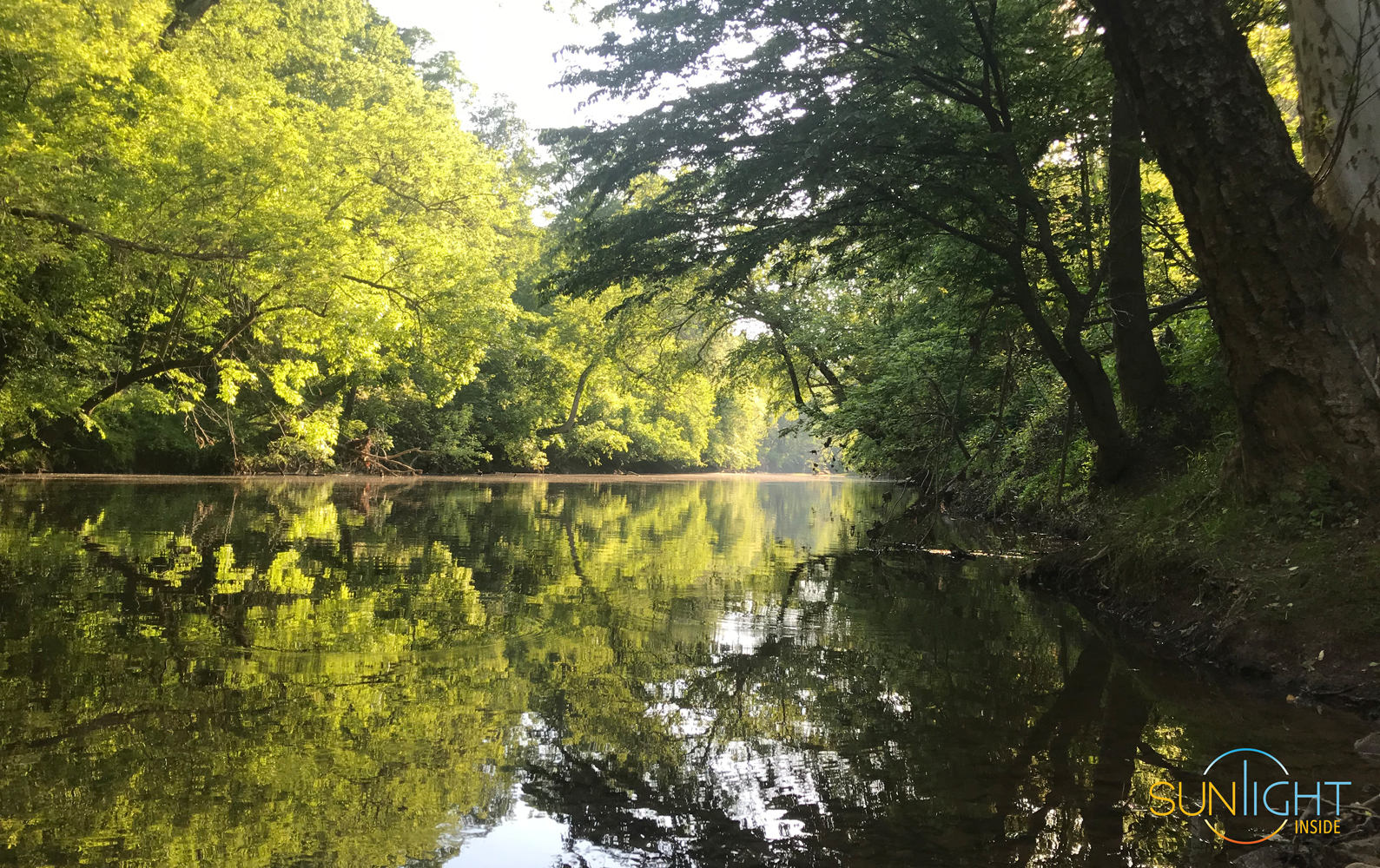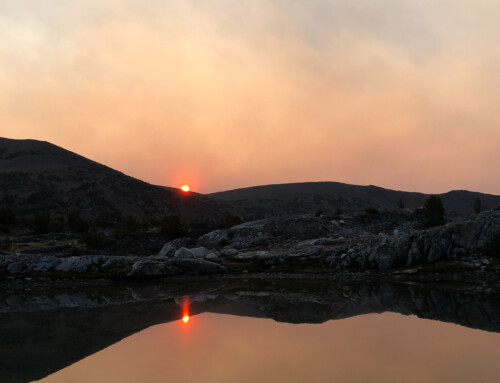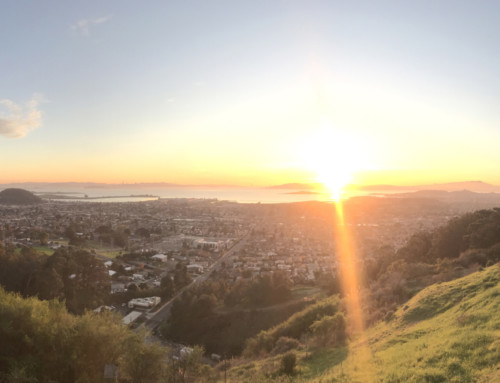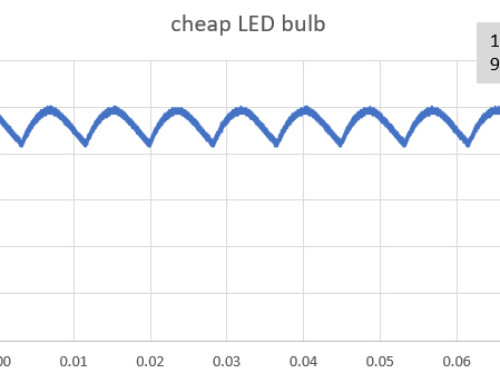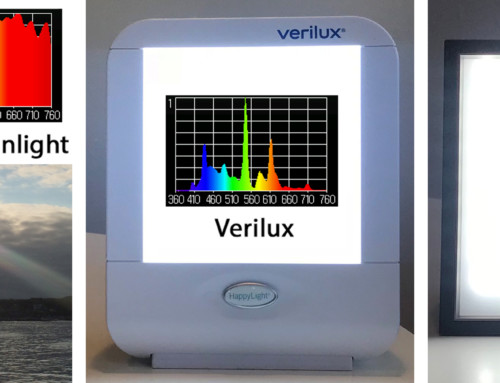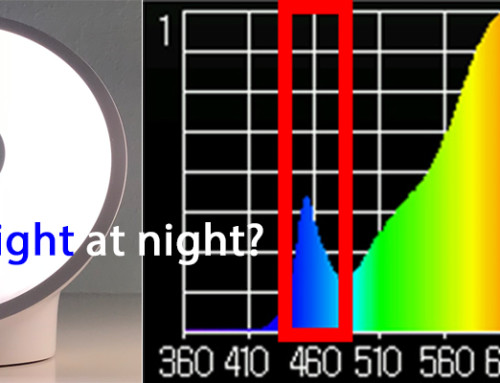The majority of migraine sufferers experience pain and discomfort when exposed to light during an attack, which doctors refer to as migraine photophobia. Studies show that fluorescent lights, LEDs, computer screens and even sunlight, can increase both the intensity and spread of headache pain. During a migraine attack, even relatively low levels of indoor light can be unbearable. Many migraine suffers are forced to seek out a dark room – further limiting their ability to work, study and participate in normal life. A 2015 discovery revealed that a particular kind of green light may offer a more comfortable alternative (summary).
Dr. Rami Burstein and a group of researchers at Harvard Medical School researchers and Beth Israel Deaconess Medical Center completed a landmark study showing that a particular type of ‘narrow band green’ light can minimize migraine photophobia (the headache pain associated with light). Dr. Burstein’s research suggests that high blue-content light emitted by LEDs and fluorescents increase migraine pain the most, while one particular ‘color’ of green light does not trigger the light-induced pain response. When delivered at low intensities narrow band green light was even reported to modestly reduce headache pain. This surprise discovery offers a promising alternative for headache suffers who experience light sensitivity during debilitating headaches.
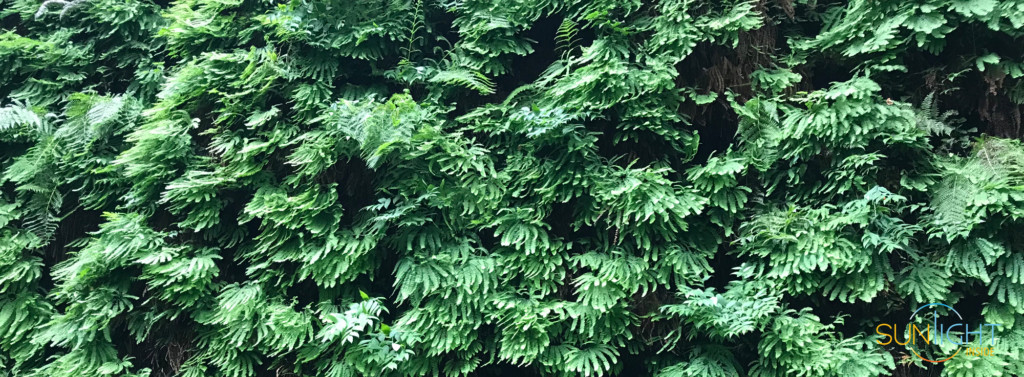
We are still learning about the many ways in which light interacts with our health and well-being. The color green is associated with calm in most cultures, and psychologists speculate that this is tied to our deep emotional connection with nature. Our eyes are most sensitive to green, and evolutionary biologists speculate that this may have given humans an advantage. Now researchers are studying how we respond to different colors (or wavelengths) and intensities of light. The impact of blue light on sleep, mood, weight and overall health is widely reported (see our summary here). A surprise 2010 finding that blue light increases the suffering of blind migraine sufferers led Dr. Burstein’s group to further explore light sensitivity (migraine photophobia). In 2015 they completed a study in which they exposed patients (without visual impairment) experiencing acute migraine attacks to different intensities of blue, green, amber and red light.
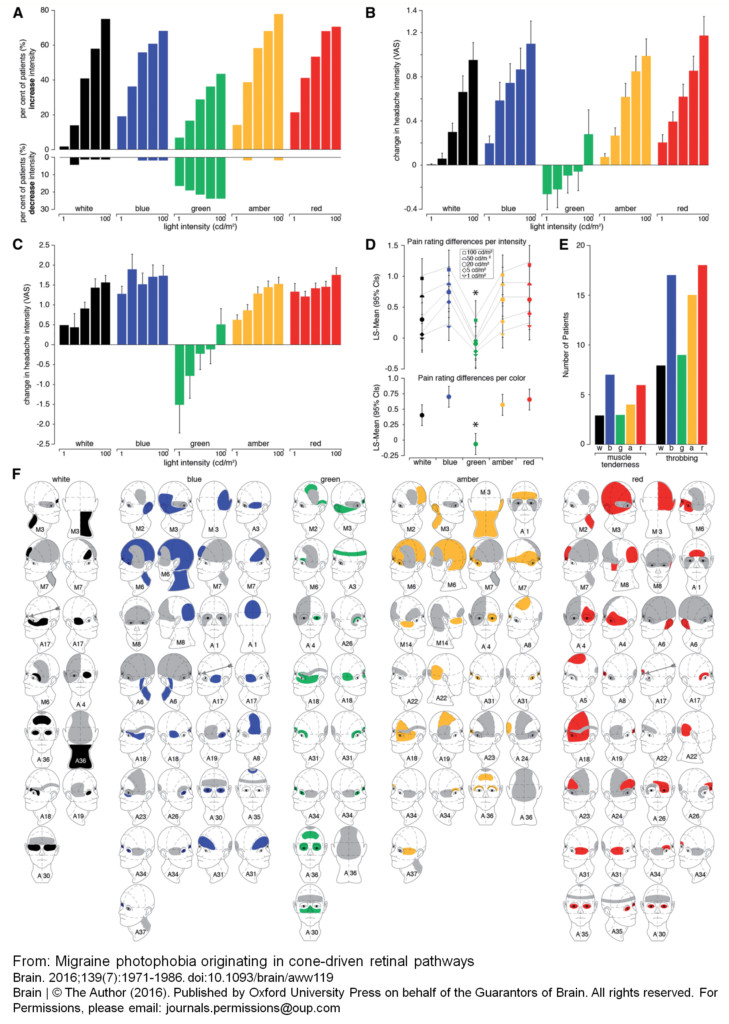
Effects of color (wavelength) on pain ratings, throbbing, muscle tenderness and headache location. Takeaway: narrow band green light is less painful during a migraine than other colors of light. Link to full-size source image HERE.
Dr. Burstein’s and Dr. Noseda’s research shows that a particular narrow-band wavelength (aka color) of green light “exacerbates migraine headache significantly less than white, blue, amber or red lights”. Furthermore, their studies suggest that exposure to low levels of green light can actually reduce the pain reported by migraine headache suffers during an acute attack (see the figure above). Burstein and Noseda identified a narrow range of green light (535nm +/-10nm) that alleviates the symptoms of migraine photophobia. It is important to note that such ‘narrow band’ green light sources are different from a generic green light bulb you can buy at your local hardware store, or online. A generic green light bulb provides a wide range of colors (wavelengths) and is therefore not able to deliver these benefits. Dr Burstein speculates that if the red or blue cones are stimulated (in addition to the green) then our brains and bodies react to the light differently. Their takeaway is that low intensity narrow band green light is the only light which does not exacerbate headache pain.

In summary, narrow-band green light shows promise as an alternate light source for migraine suffers who experience light-induced pain (photophobia). It’s important to point out that green light is NOT a panacea, Dr Burstein reports a maximum 15-20% increase in reported pain when exposing migraine suffers to red or blue light (photophobia makes the pain 15-20% worse). By comparison he showed that low levels of green light attenuated the pain by a maximum of 15%. Net-net Dr. Burstein’s research suggests that low-intensity narrow band green light may be an ideal light to use during a migraine attack since it does not make an otherwise miserable experience worse.
takeaway: narrow band green light does not trigger headache induced light sensitivity (migraine photophobia).
further reading:
– migraine headaches and light sensitivity (photophobia)
– summary of Dr. Burstein’s research on green light and migraine pain
– New York Times article on a new class of drugs for migraines
– for more on how we see green light
Green Light for Migraine relief – deep science links:
– Photophobia in Primary Headaches
– Dr Burstein and Dr Noseda report their findings that narrow band green light reduces photophobia
– follow-up study by Burstein and Noseda suggesting that Photophobia goes beyond an aversion to light and color sensitivity
science disclaimer: as biologists and color-theorists will tell you, wavelengths of light are not the same as color – color is the human perception of wavelength – but for the sake of this discussion we’ll use this oversimplification.

